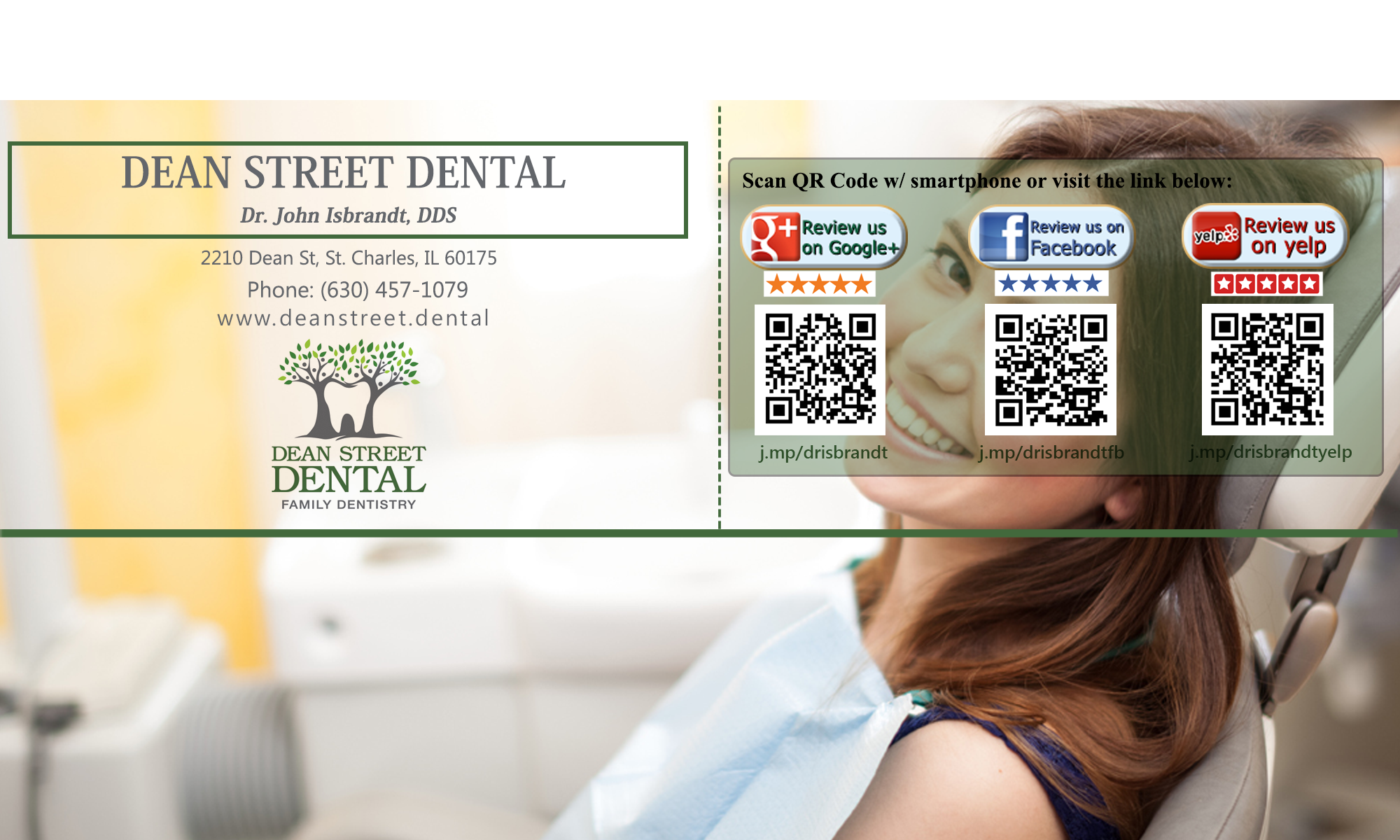Advancements in dental techniques and the increased focus on preventive dentistry means older adults are keeping their natural teeth longer than ever before.
A survey by the National Institute of Dental and Craniofacial Research showed that the rate of toothlessness in the 55 to 64 age group has dropped 60 percent since 1960.
Whatever your age, its important to practice good oral hygiene at home and to visit your dentist regularly. A few simple steps can help you maintain good oral health throughout your life.
Plaque, the sticky, colorless layer of bacteria that causes tooth decay and gum disease, can build up quickly on the teeth of older adults, particularly when they neglect oral hygiene. This can increase the risk for tooth decay and periodontal disease.
So its important to brush your teeth twice a day with fluoride toothpaste, and clean between your teeth daily with floss or interdental cleaners.
Regular dental checkups are also an important part of caring for your teeth.
This can help you save your teeth and gums and prevent other dental problems. It will save you time and money in the long-run as well.
